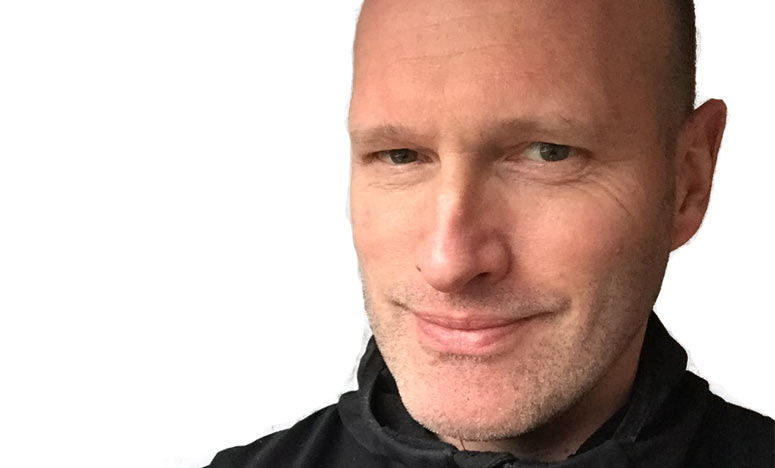


P.: In the III International Congress about Invasive techniques in Physical Therapy you participate as speaker with other professionals from the Netherlands, Italy, Belgium, Chile, Argentina and Spain. What do you consider most important of this scientific event for physiotherapists? I think it is really important for physiotherapists to understand how technology i.e diagnostic ultrasound […]

P.: In the III International Congress about Invasive techniques in Physical Therapy you participate as speaker with other professionals from the Netherlands, Italy, Belgium, Chile, Argentina and Spain. What do you consider most important of this scientific event for physiotherapists? I think it is really important for physiotherapists to understand how technology i.e diagnostic ultrasound can complement their clinical examination.
R.: I strongly feel that diagnostic ultrasound and ultrasound guided procedures can be an important adjunct to physiotherapy. Each time we do a diagnostic ultrasound scan we need to clinically justify the reason of why we are doing this. Ie ask the question how relevant these findings are in relation to the clinical findings? And before performing an injection: how does this assist further clinical management? What are the risks? Are there alternatives? Especially when doing this as an allied health professional we need to be able to prove competency in these skills. The danger for physio’s using ultrasound without good justification is that people would question the benefit or will be concerned that this exposes patients to risks.
P.: You are an experienced clinician physiotherapist in the management of complex musculoskeletal conditions treating patients with different ultrasound-guided procedures. What do you think makes the difference between these procedures and conventional physiotherapy treatments?
R.: There is evidence to say that procedures such as steroid injections and Hydrodistension injections as well barbotage can help to reduce pain at least in the short/medium term. In my mind this provides a great opportunity to allow further exercise focused management to take place to further progress and recovery.
P.: Ultrasound-guided procedures such as barbotage, aspiration, hidrodissection are techniques little known by many physiotherapists in Spain, so could you tell us briefly in what kind of patients it would be indicated compared to other techniques?
R.: Barbotage is useful in people with painful calcification in the rotator cuff who have not responded to first line physiotherapy exercise focused management and who have not or only temporary responded to steroid injection in the subacromial bursa.
Hydrodistension can be used for a number of conditions but is most commonly used for frozen (contracted) shoulder. Hydrodistension is mostly indicated if a regular steroid injection has made no difference or when it has settled the pain but has not improved the range of motion. The evidence suggests that hydrodistension is particularly useful in improving restricted external rotation.
P.: In London, what is the current situation of “Interventional musculoskeletal ultrasound” in postgraduate training?
R.: For physiotherapists/allied health professionals these skills are often acquired by a combination of on the job training i.e medical or experienced AHP colleagues who train and mentor a physio in addition to short courses (weekend) to learn the technique such as offered by myself and my colleagues through the www.ultrasoundsite.co.uk.
P.: What researches are underway at this time in relation to these procedures? Actually, are you working on some research study?
R.: There is a small but increasing amount of research now coming through on hydrodistension procedures there is also some research on Barbotage. I am looking at doing some research on hydrodistension in the near future.
P.: You are going to participate in the Congress with a presentation entitled “Ultrasound guided injections and release techniques in soft tissues (barbotage, aspiration, hidrodissection)”. Could you forward us some of the main points of your speech?
R.: I will be giving an overview of the evidence for these techniques. I will discuss the considerations to use the techniques in practice. I will also be discussing the practical aspects in performing the techniques